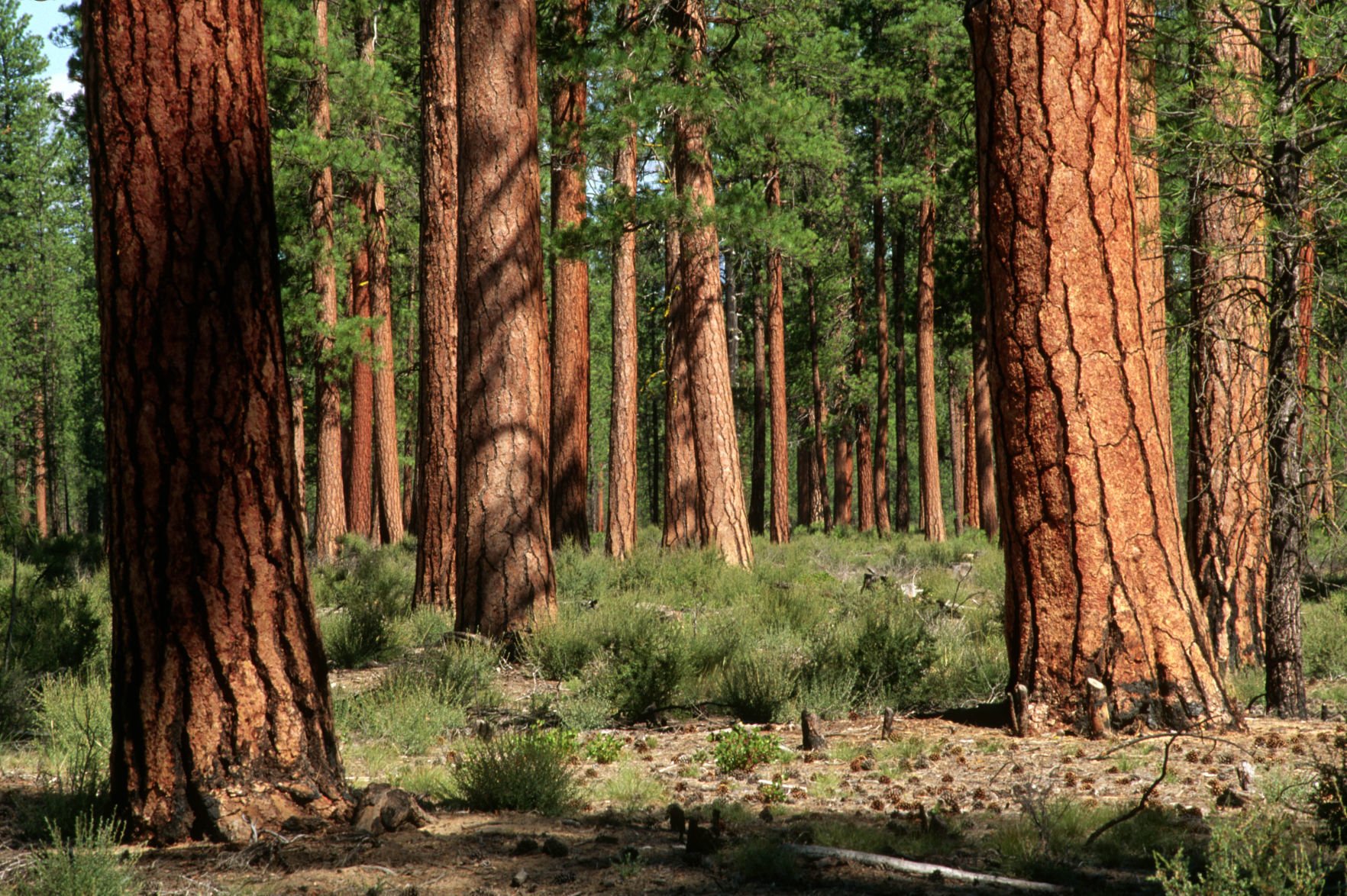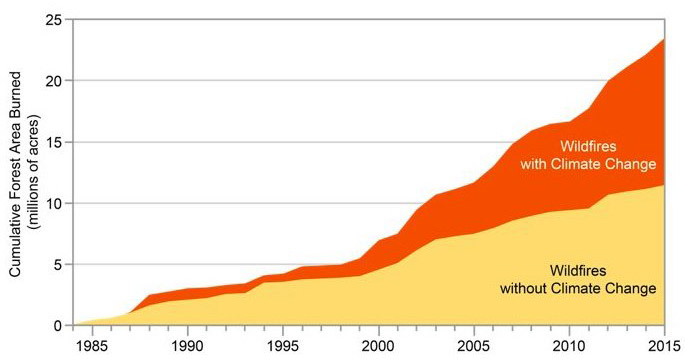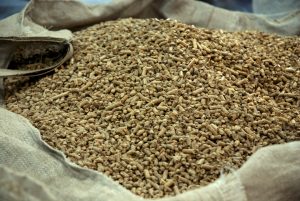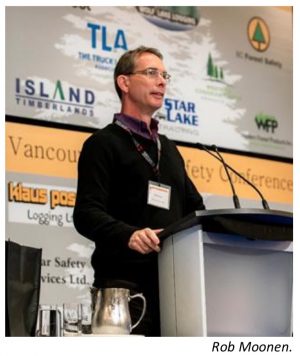 Surprising in its bluntness, the US Fourth National Climate Assessment lays out the devastating effects of climate change on the US economy, health, environment and forests. Related headlines include:
Surprising in its bluntness, the US Fourth National Climate Assessment lays out the devastating effects of climate change on the US economy, health, environment and forests. Related headlines include:
- Drier climate predicted for Northwest (Peninsula Daily News)
- Catastrophic northern California fire now fully contained (AP)
- California, Trump eye logging to fight wildfires (San Diego Union Tribune)
- Wildfire prevention goes hand in hand with creating jobs (Zinke)
- Buy certified green, ethical palm oil or forests will suffer (Globe and Mail)
Elsewhere: US Customs is investigating whether importers are evading duties on Chinese hardwood plywood; the BC Forest Safety Council says BC’s harvesting injury rate is the second lowest on record; West Fraser addresses a sawdust safety scare; and BC’s caribou herds are stabilizing where wolves are culled.
Kelly McCloskey, Tree Frog Editor








/arc-anglerfish-tgam-prod-tgam.s3.amazonaws.com/public/YMZHFQOXGJAGPKYVK2IUJ3HWZU.jpg)







